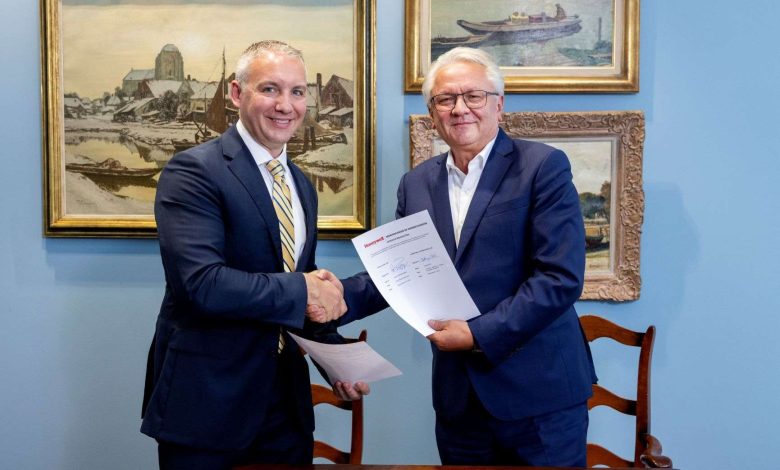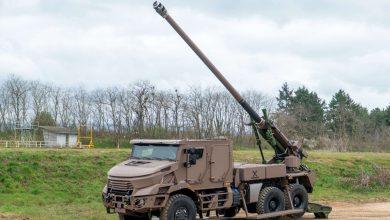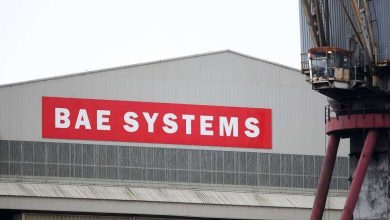
“Rheinmetall Joins Forces with Honeywell: Shaping the Future of Technology”
The tech powerhouse Rheinmetall, based in Düsseldorf, and the U.S. manufacturing leader Honeywell have established a formal memorandum of understanding (MoU) to commence strategic partnership across multiple technology sectors. The two corporations are poised to collaborate on pioneering visual systems and auxiliary power units for vehicles, among a range of other projects.
Armin Papperger, the Chief Executive Officer of Rheinmetall AG, remarked: “From auxiliary power units and visual technologies to intelligent building automation, the array of potential collaborative opportunities for our two enterprises is broad. We value our alliance with Honeywell, given their rich history of innovation and wide-ranging technological solutions.”
Matt Milas, President of Defense and Space at Honeywell Aerospace, expressed: “We are excited to unite with Rheinmetall AG to blend our advanced technologies to enhance the missions of our international allies. Both new and existing projects will benefit from our joint efforts in development, production, and support across a vast spectrum of global defense platforms.”
Together, these companies aspire to create groundbreaking visual systems that leverage the current capabilities of the Honeywell 360 Display, a driver vision technology equipped with a network of thermal imaging and daylight cameras strategically arrayed around the vehicle. This system employs augmented and mixed reality through head-mounted glasses, elevating situational awareness and providing a 360-degree view—irrespective of visibility through windows or periscopes. The Honeywell 360 Display is poised to significantly bolster the functionalities of current fleets of tactical vehicles, such as the Marder infantry fighting vehicle, along with future advancements in sophisticated weapon systems.
Honeywell and Rheinmetall are also gearing up to collaborate on auxiliary power units utilized in tactical wheeled and tracked vehicles when stationed and not in motion. Auxiliary power units dramatically extend the operational duration and preparedness of turret systems while maintaining a minimal thermal and acoustic signature. These units act as a supplement to battery storage and are vital for stationary operations, encompassing the protection of critical infrastructure or facilities.
The proposed strategic collaboration further aims to explore additional partnership realms between the two companies, including localized maintenance and support for other Honeywell products deployed on essential platforms used by the Bundeswehr.
By joining their combined resources, Rheinmetall and Honeywell intend to pursue joint initiatives in industrial high-energy applications, particularly in building automation (e.g., climate control, lighting, access management) and complete thermal management. The firms will investigate how a compact arrangement consisting of a high-efficiency battery, matched with an auxiliary power unit and a cooling mechanism, could satisfy the electrical energy requirements, including heat dissipation, for upcoming weapon systems.
Rheinmetall and Honeywell are also in negotiations regarding closer collaboration relating to capabilities in counter-unmanned aircraft systems (cUAS) and electronic warfare. As the partnership progresses, the implementation of specific projects will be detailed in the forthcoming weeks and months.







